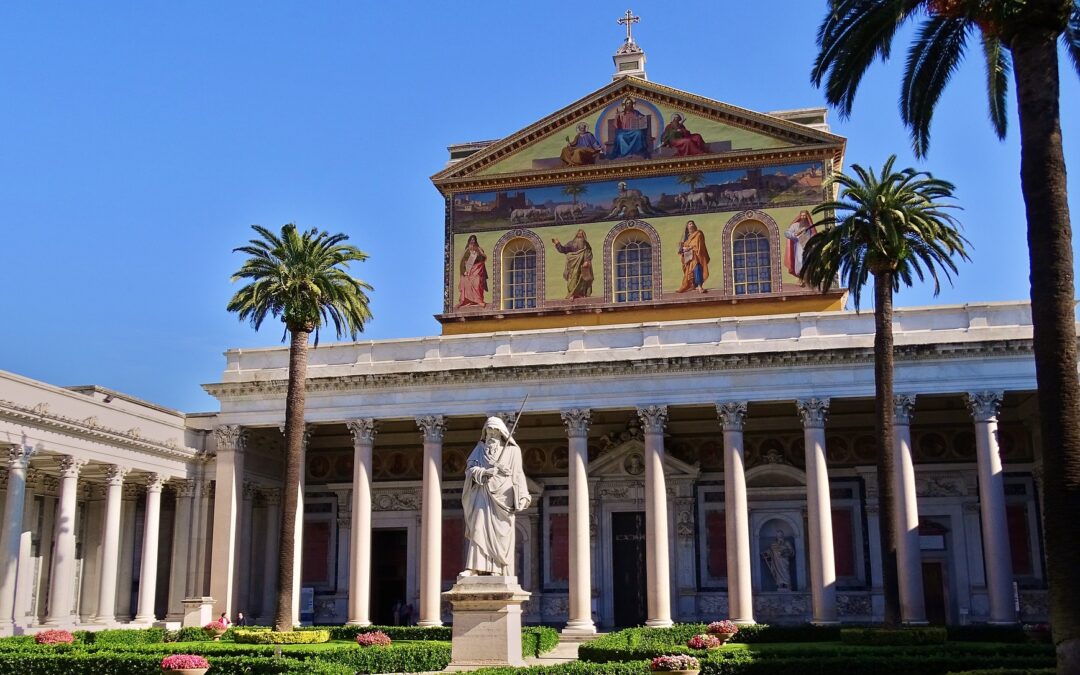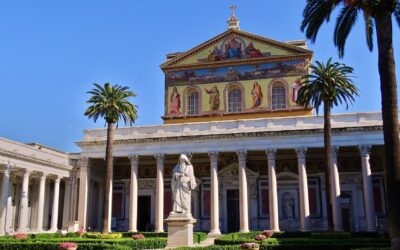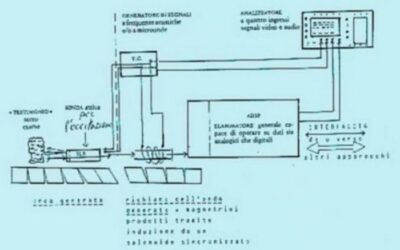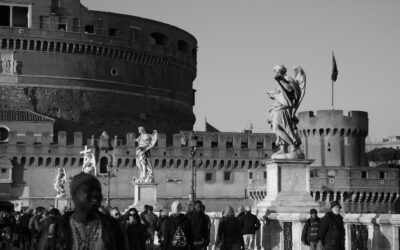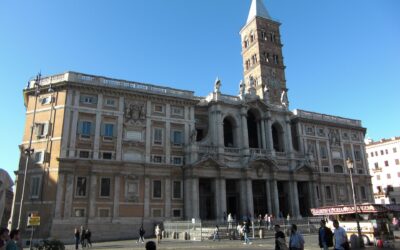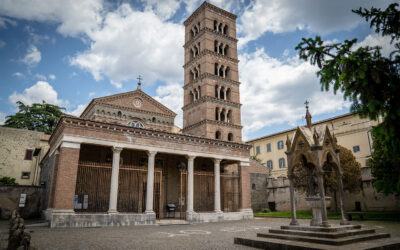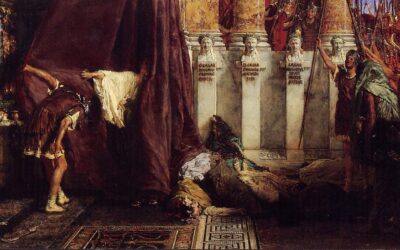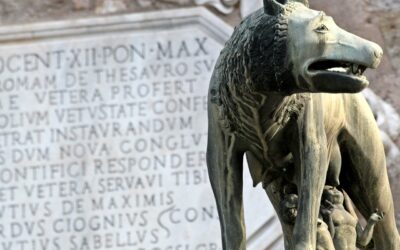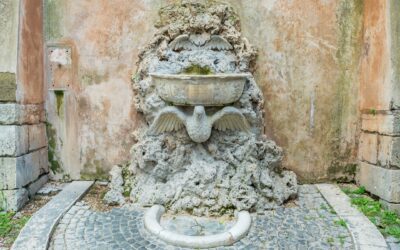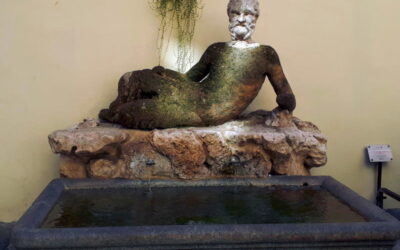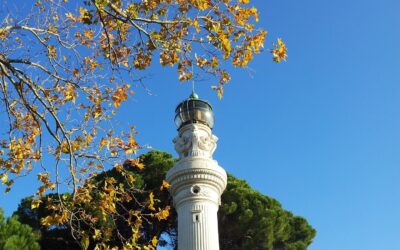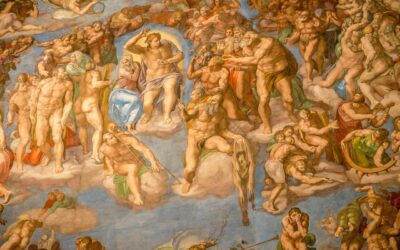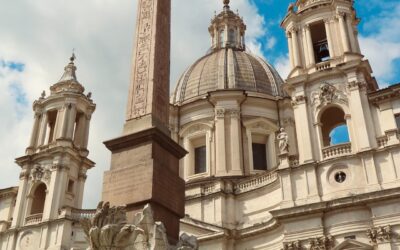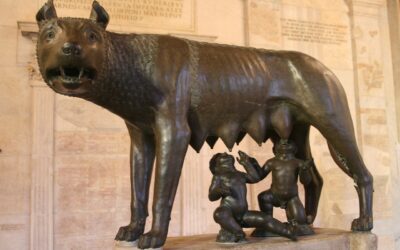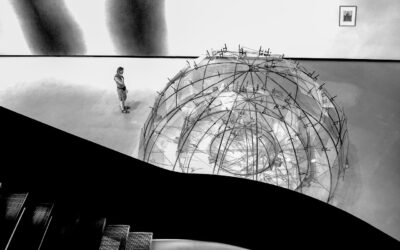The Pantheon in Rome stands as a testament to the architectural genius of the ancient Romans. This magnificent structure, with its iconic dome and unique impluvium, holds immense historical and cultural significance. Let us delve into the history and design of the Pantheon, appreciating its impressive features.
The Pantheon, located in the heart of Rome, was originally commissioned by Marcus Agrippa, a Roman general, in 27 BC. However, the current structure we see today was rebuilt by Emperor Hadrian in 126 AD, after the original building was damaged by a fire. The Pantheon served as a temple dedicated to the worship of all gods (the word “pantheon” translates to “all gods” in Greek), embodying the religious beliefs and practices of the ancient Romans.
One of the distinctive features of the Pantheon is its impluvium, a unique architectural element that contributes to its overall grandeur. An impluvium is a shallow, rectangular basin or pool that collects rainwater in the center of the building. The Pantheon’s impluvium, known as the “oculus,” is a circular opening located at the apex of the dome. This oculus not only allows light to enter the interior but also facilitates the collection of rainwater.
The design of the impluvium serves both functional and symbolic purposes. In terms of functionality, the impluvium ensures efficient drainage of rainwater, preventing any accumulation or damage to the structure. Moreover, the oculus acts as a ventilation system, allowing hot air to escape and fresh air to circulate, enhancing the comfort of the temple’s visitors.
Symbolically, the impluvium represents the cosmic connection between the heavens and the Earth. The oculus, with its open sky view, symbolizes the divine realm and the gods’ watchful gaze upon humanity. It evokes a sense of awe and wonder, as visitors marvel at the celestial light that bathes the interior space. The impluvium, therefore, embodies the harmonious relationship between the divine and mortal realms, reflecting the Romans’ religious beliefs.
The most remarkable feature of the Pantheon is its magnificent dome, which remains the largest unreinforced concrete dome in the world. The dome’s design showcases the remarkable engineering skills of the ancient Romans. With a diameter of 43.3 meters (142 feet), it was an architectural marvel during its time and continues to be an awe-inspiring structure today.
The dome of the Pantheon is a masterpiece of engineering and design. Its construction employed a technique called “coffering,” which involves creating a series of sunken panels in the ceiling. These panels reduce the weight of the dome while adding visual interest and aesthetic beauty to the interior. The dome’s thickness gradually decreases as it reaches the oculus, reducing the structural load and creating a sense of lightness and spaciousness.
The dome’s design incorporates various architectural principles that contribute to its stability. The lower portion of the dome consists of heavy, densely packed concrete, while the upper portion consists of lighter materials, such as pumice, to reduce the overall weight. Additionally, the dome’s shape is hemispherical, evenly distributing the load and minimizing stress on the structure.
The oculus, situated at the dome’s apex, serves as the primary source of light for the interior of the Pantheon. It bathes the temple in a soft, natural glow, illumin
ating the space and creating a serene atmosphere. The oculus also serves as a symbol of the divine presence, as the sunlight streaming through it symbolizes the gods’ benevolence and blessing.
The Pantheon’s dome stands as a testament to the architectural prowess of the ancient Romans. Its construction techniques and innovative design principles have inspired countless architects throughout history. The dome’s enduring presence and structural integrity are a testament to the ingenuity and engineering brilliance of its creators.
The Pantheon, with its impluvium and dome, holds immense historical and cultural significance. It represents a harmonious blend of art, architecture, and spirituality, encapsulating the beliefs and values of the ancient Roman civilization. Today, the Pantheon stands as a remarkable testament to human achievement and a must-visit destination for those seeking to appreciate the magnificence of ancient Roman architecture.
In conclusion, the Pantheon in Rome stands as an architectural masterpiece, renowned for its impluvium and dome. The impluvium, with its oculus, serves as a functional and symbolic element, allowing light and rainwater to enter the temple while embodying the Romans’ cosmic worldview. The dome, with its remarkable engineering and design, remains an awe-inspiring structure, evoking a sense of wonder and admiration. Visiting the Pantheon is a journey through time, where one can witness the grandeur and brilliance of ancient Roman architecture firsthand.




